Awesome spaceship that discovered hundreds of new planets may soon be space junk
Kepler, a spacecraft designed to find habitable planets, may not last until the intended end of the mission in 2016. Launched in 2009, Kepler was originally meant to last only three and a half years, but its life was extended in 2012 because of all the wealth of data it was producing. Already Kepler has confirmed the existence of at least 100 planets and found thousands more candidates for planet status.
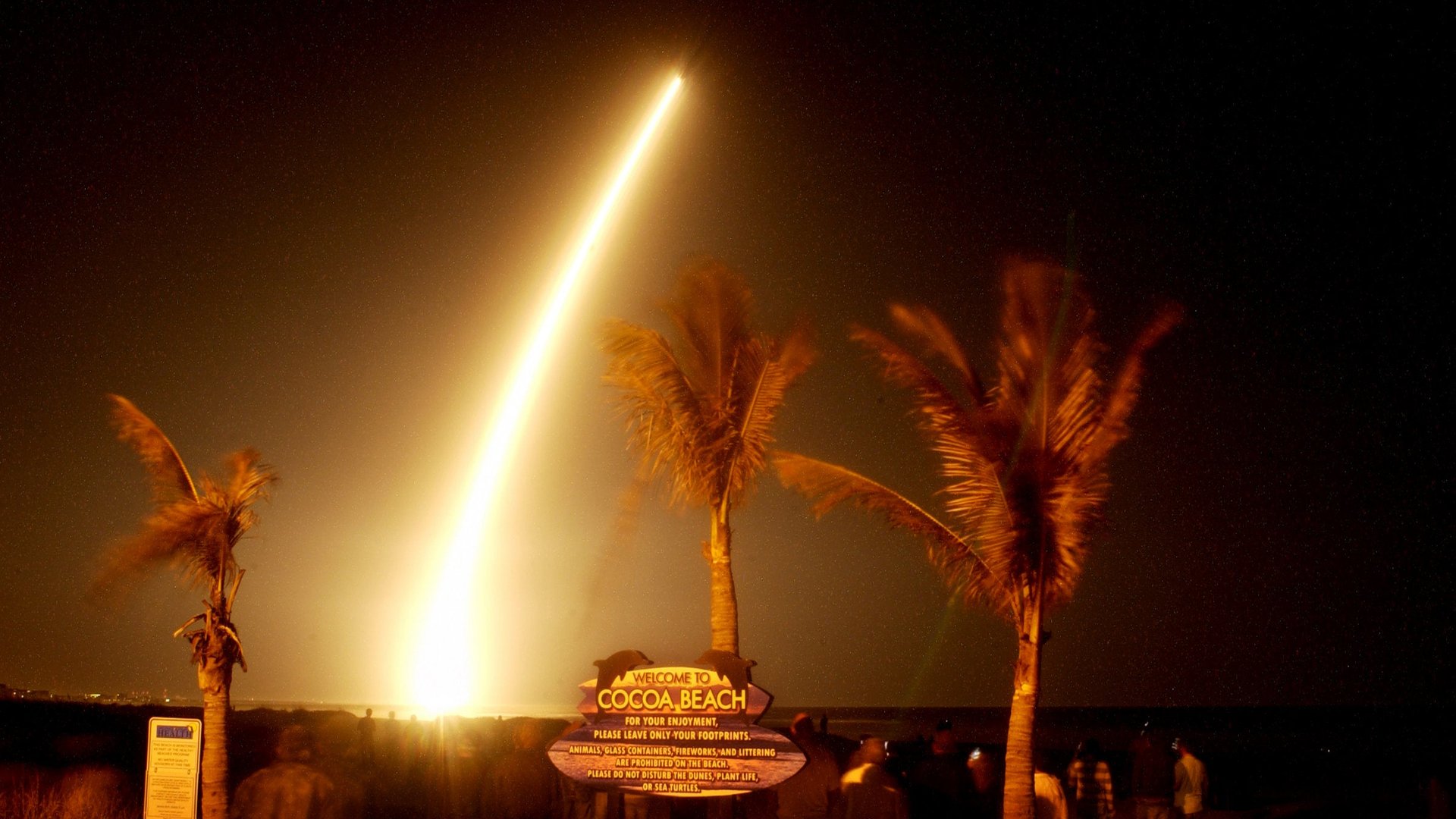

Kepler, a spacecraft designed to find habitable planets, may not last until the intended end of the mission in 2016. Launched in 2009, Kepler was originally meant to last only three and a half years, but its life was extended in 2012 because of all the wealth of data it was producing. Already Kepler has confirmed the existence of at least 100 planets and found thousands more candidates for planet status.
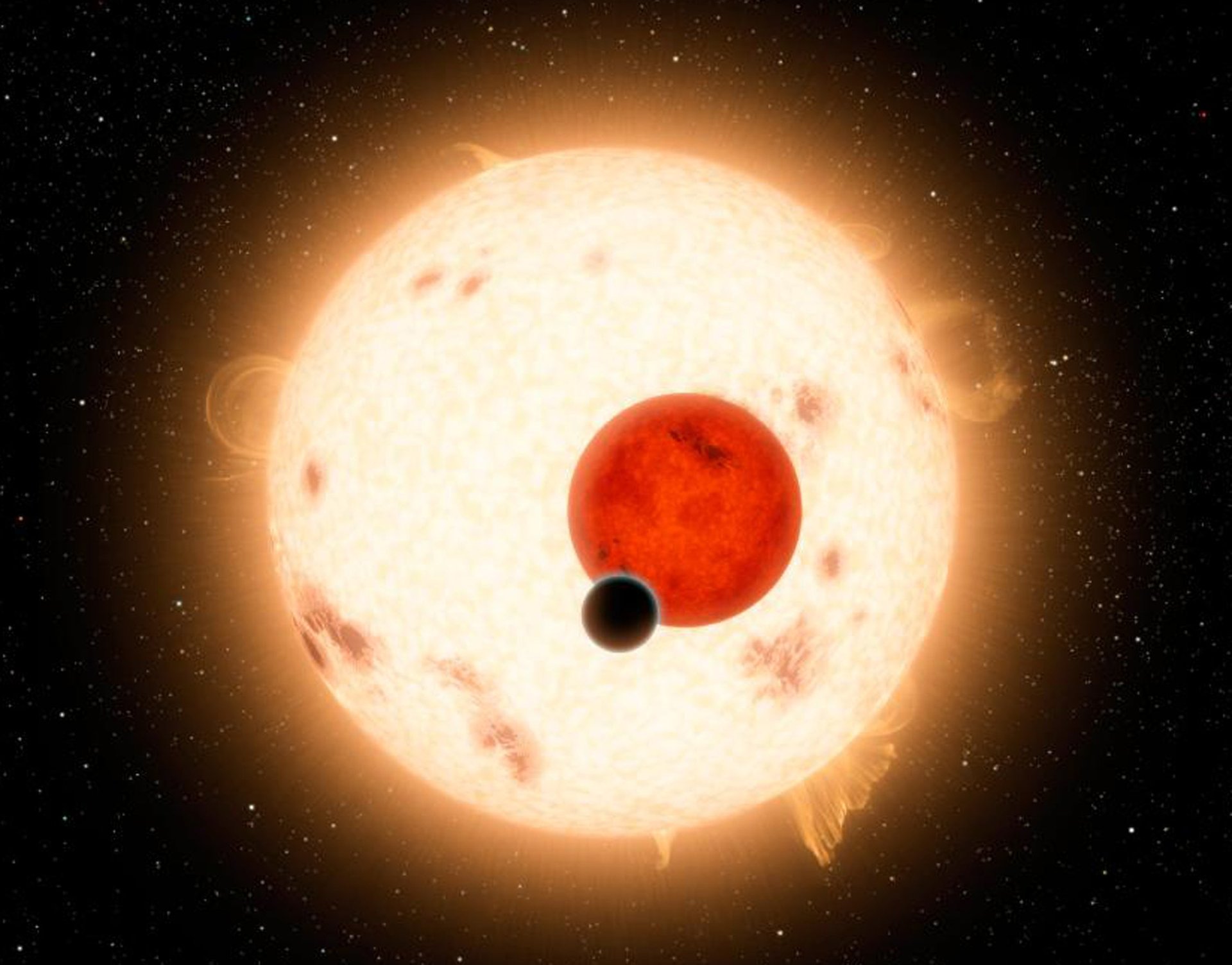
Named for the German scientist who described the laws of planetary motion, Kepler finds planets by staring at the sun and watching for changes in light as planets pass in front of it. But it doesn’t just stare at one sun—it simultaneously measures the brightness of over 100,000 stars every 30 minutes. To do this, Kepler needs to keep a steady line of sight. Four spinning wheels within the spacecraft help it maintain that balance.
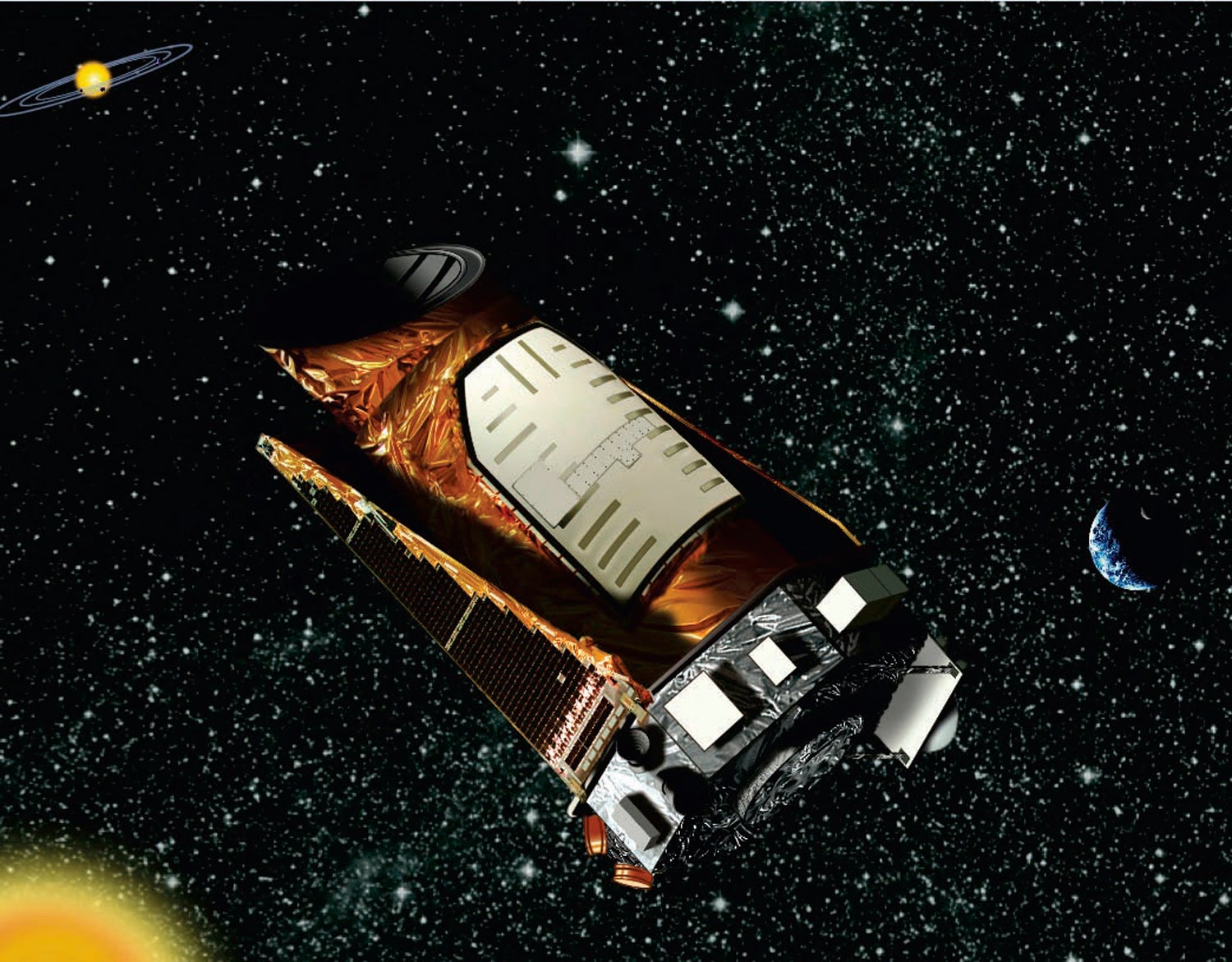
Last July, one of the wheels malfunctioned and stopped working. Kepler continued providing accurate data because it only needs three wheels to function. But in January, a second wheel started acting up. In an attempt to mitigate the problem, mission control put the spacecraft in “safe mode” for 10 days and allowed the wheels to rest.
This week however, NASA reports that the wheel continues to exhibit signs of deterioration. “All appropriate mitigation steps to prolong wheel life have now been taken,” which means its likely only a matter of time before the wheel fails.
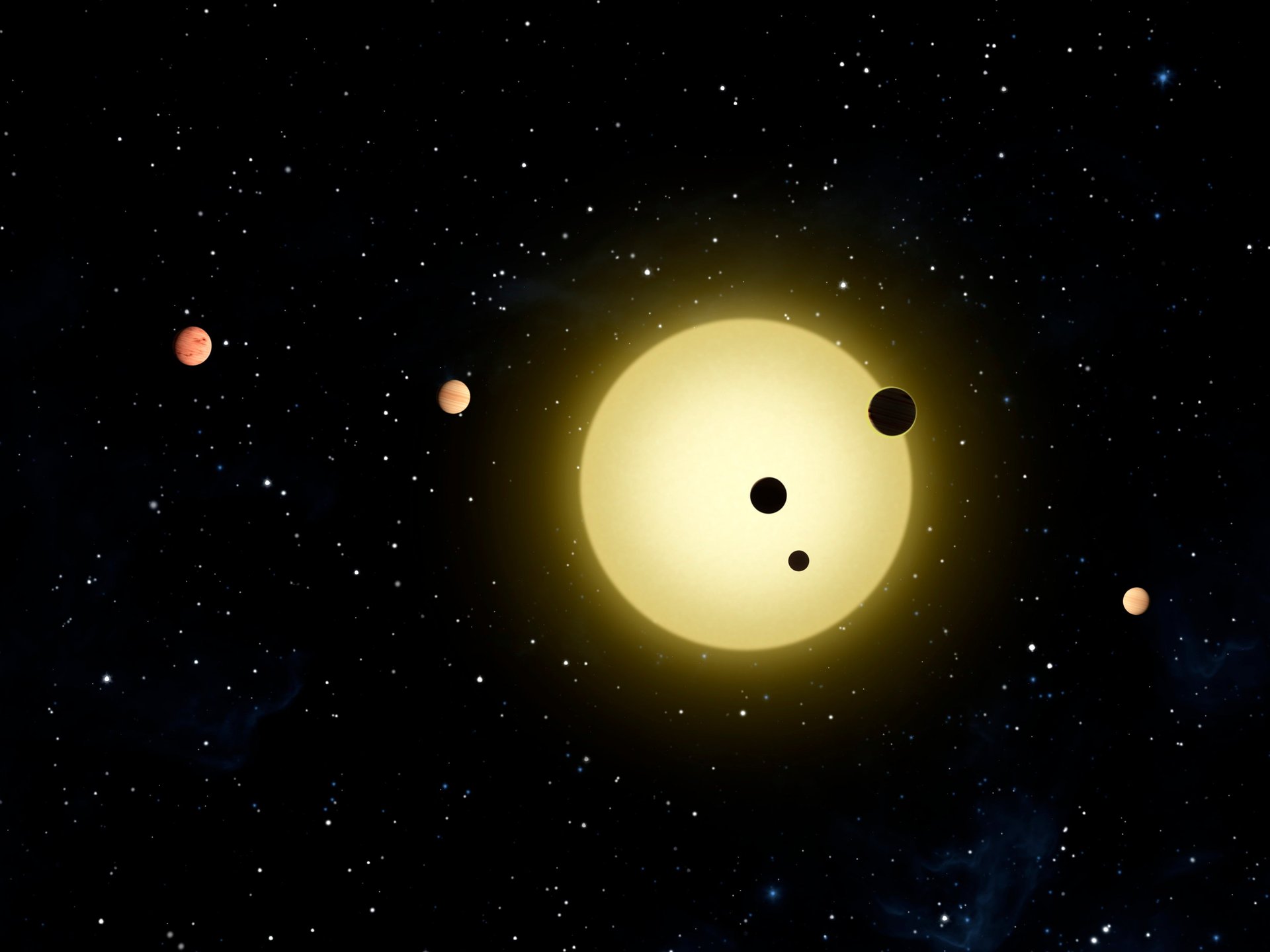
According to Franck Marchis, a researcher at SETI, Kepler’s wheel failures are not unique. “Dawn, another NASA mission designed to explore Vesta and Ceres, also lost two of his reaction wheels this year. Because this spacecraft does not need a pointing as accurate as Kepler, the problem was solved by developing a hybrid strategy relying on two reaction wheels and the thrusters of the probe,” he wrote on his blog. He added that he had been told a similar solution may not work for Kepler.
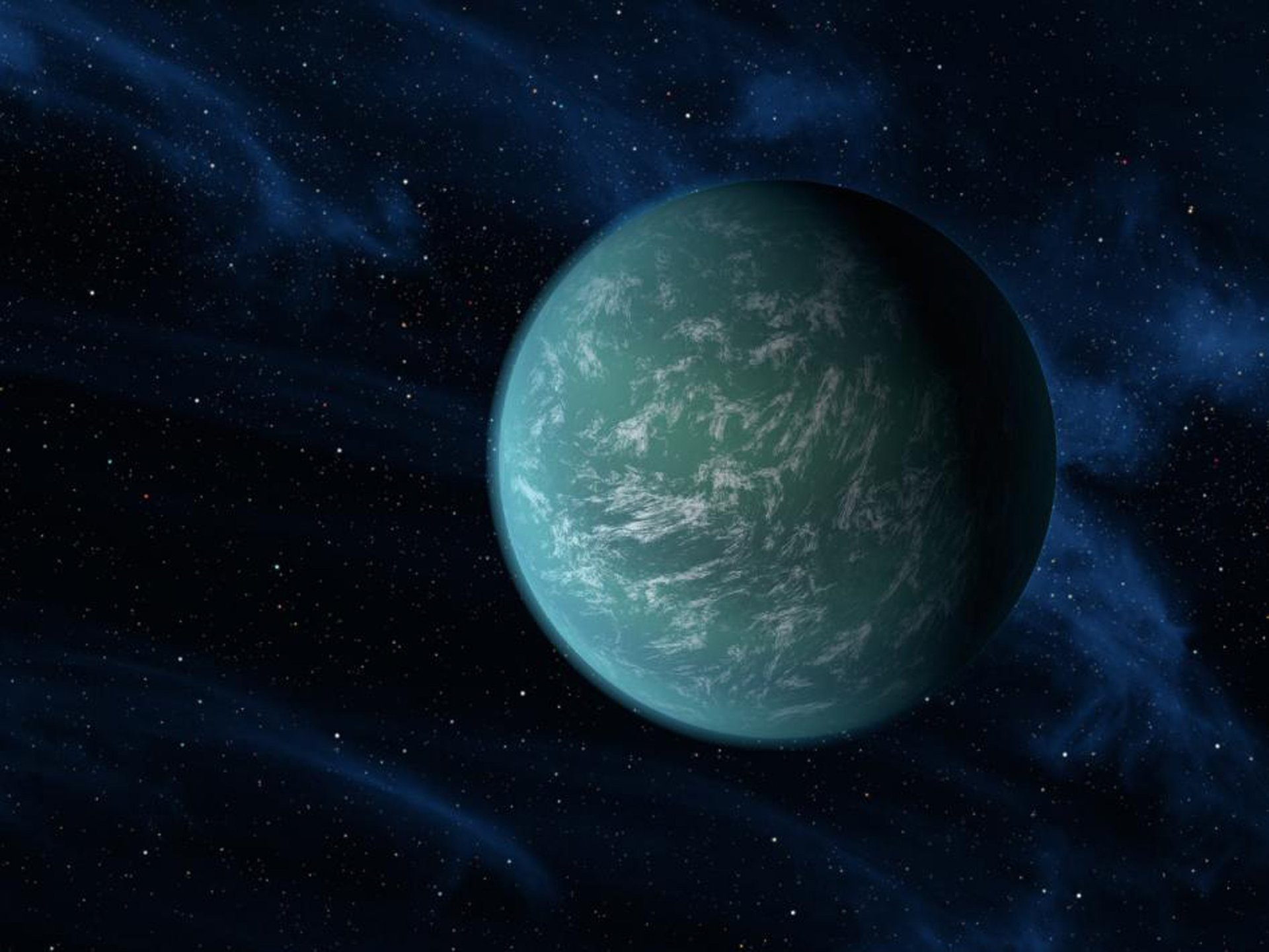
This week’s update suggest that it might be possible after all. Kepler’s thrusters can keep it steady, or a combination of thrusters and the remaining wheels could keep it going for a while yet, writes mission manager Roger Hunter. But that may mean reduced performance. The last time a wheel malfunctioned, Kepler lost six days of science data. With the loss of a second wheel, it may be worse.